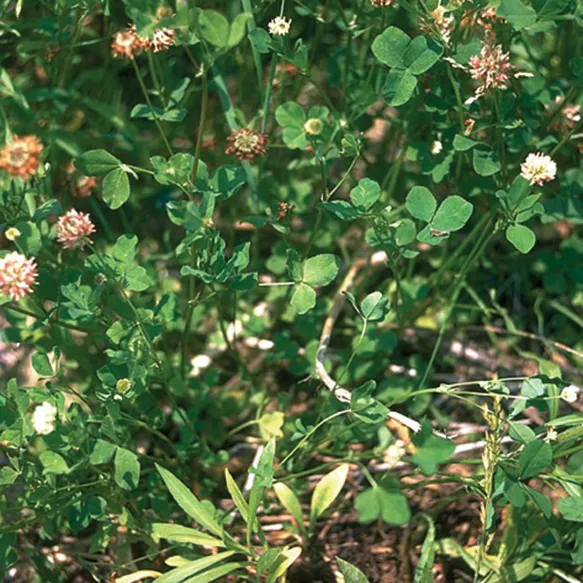
Alsike clover
Trifolium hybridum
Alsike clover is a short lived perennial or biennial native to Europe but now widely distributed throughout the United States. This legume is tolerant of adverse soils and has many potential uses. Cau...
- Growing Region: Midwest, Intermountain West, Southeast, Southwest, Pacific Northwest
- Blooms: Spring, Summer, Fall
- Life Form: Legume
- Application Type: Cover Crop
- Height: 1-4 ft
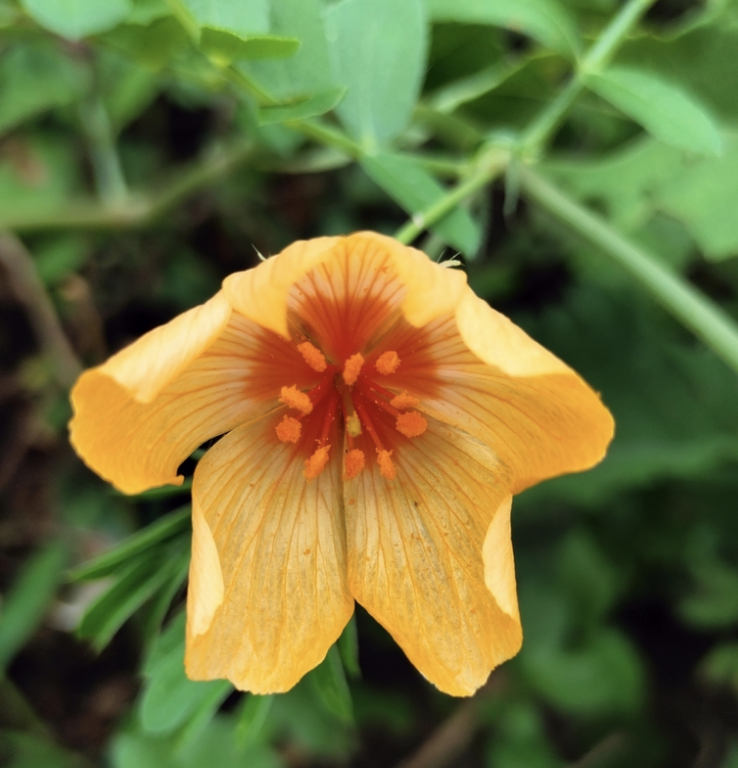
Arizona poppy
Kallstroemia grandiflora
Sprawling summer native annual with golden orange-yellow flowers, blooming July to October after desert monsoons. Quick germination when moisture is available. Found along roadsides, sandy washes, mes...
- Growing Region: Pacific Northwest, Southwest, Intermountain West, Midwest
- Blooms: Summer, Fall
- Life Form: Forb
- Application Type: Land Reclamation
- Height: 1-3 ft
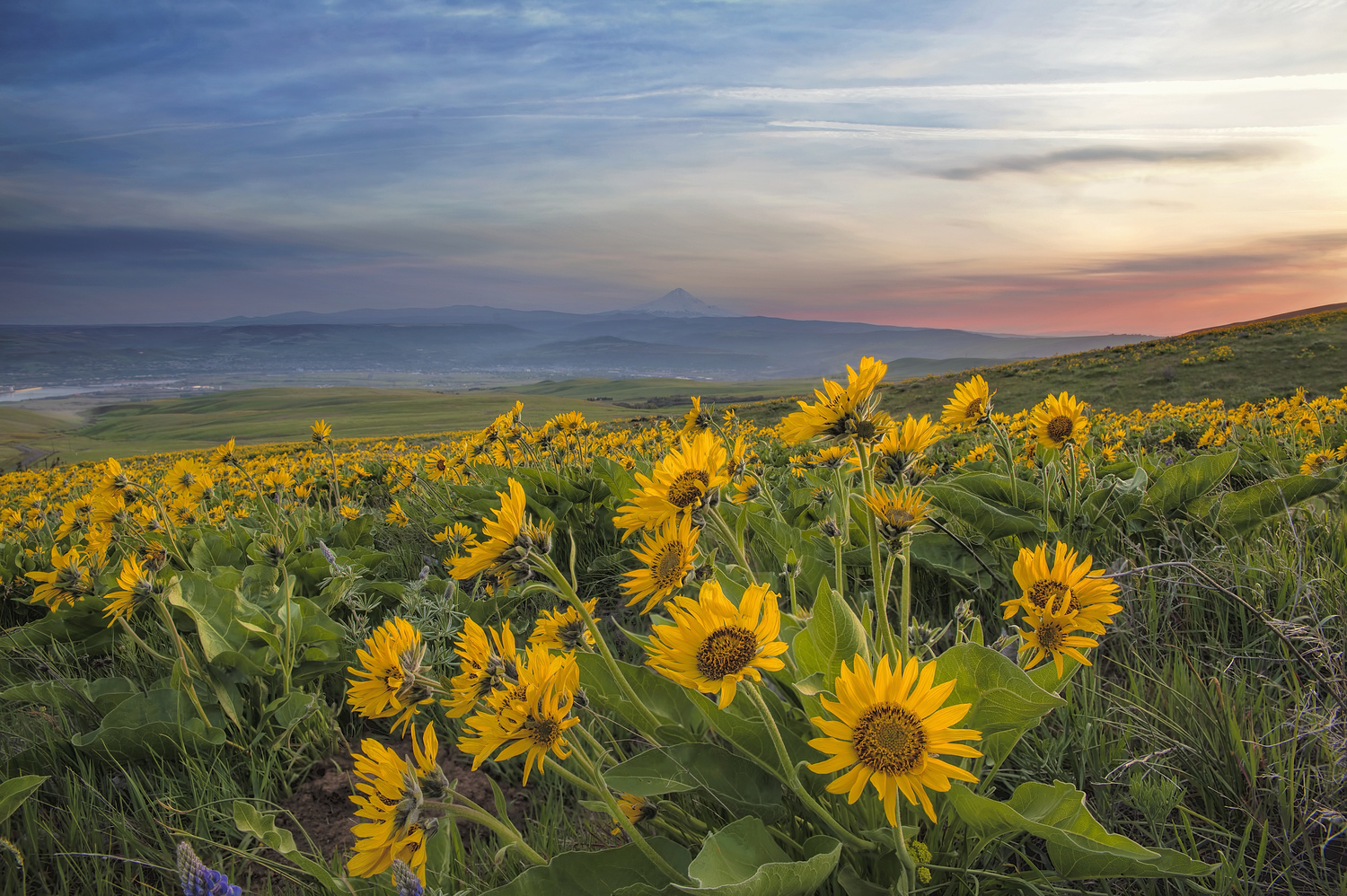
Arrowleaf balsamroot
Balsamorhiza sagittata
Drought tolerant, long-lived perennial native with yellow sunflower-like flowers, blooming April to July. Deep, thick taproot tolerant of fire, grazing, trampling and drought; seedlings slow to establ...
- Growing Region: Pacific Northwest, Intermountain West, California
- Blooms: Spring, Summer
- Life Form: Forb
- Application Type: Land Reclamation, Habitat Restoration
- Height: 1-3 ft
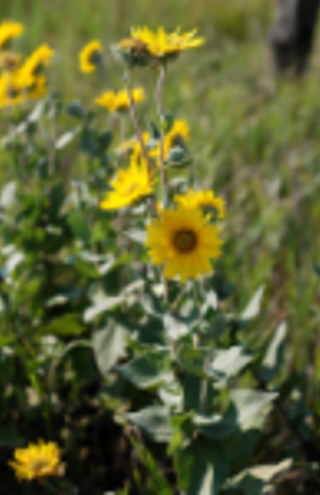
Ashy Sunflower
Helianthus mollis
Ashy Sunflower is a perennial forb native to most of the eastern half of the United States. This attractive wildflower can be found growing in the full sunlight of upland prairies and open grasslands....
- Growing Region: Midwest, Southeast, Intermountain West
- Blooms: Summer, Fall
- Life Form: Forb
- Application Type: Land Reclamation
- Height: 4+ ft

Aster, Aromatic
Symphyotrichum oblongifolium
Aromatic aster is a perennial found distributed in upland areas across the eastern ¾ of the United States from New York west to Montana and south to Texas. It grows best in well-drained moist to dry s...
- Growing Region: Midwest, Intermountain West
- Blooms: Summer, Fall
- Life Form: Forb
- Application Type: Land Reclamation
- Height: 1-2 ft
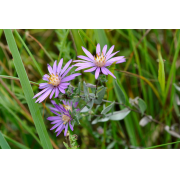
Aster, Silky
Symphyotrichum sericeum
Silky Aster is native to the United States from Texas to North Dakota and west to the Great Lakes. Given its name from the silky hairs that cover its leaves, this perennial will grow to a height of 1-...
- Growing Region: Midwest, Intermountain West
- Blooms: Summer, Fall
- Life Form: Forb
- Application Type: Land Reclamation
- Height: 1-2 ft
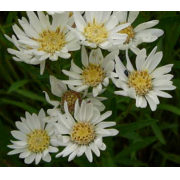
Aster, Upland White
Solidago ptarmicoides
Also known as Upland White Goldenrod as per its reclassification as solidago ptarmicoides, this plant is found scattered across much of the central and eastern portions of North America. Its white, as...
- Growing Region: Midwest, Intermountain West, Southeast
- Blooms: Summer, Fall
- Life Form: Forb
- Application Type: Land Reclamation
- Height: 0-1 ft
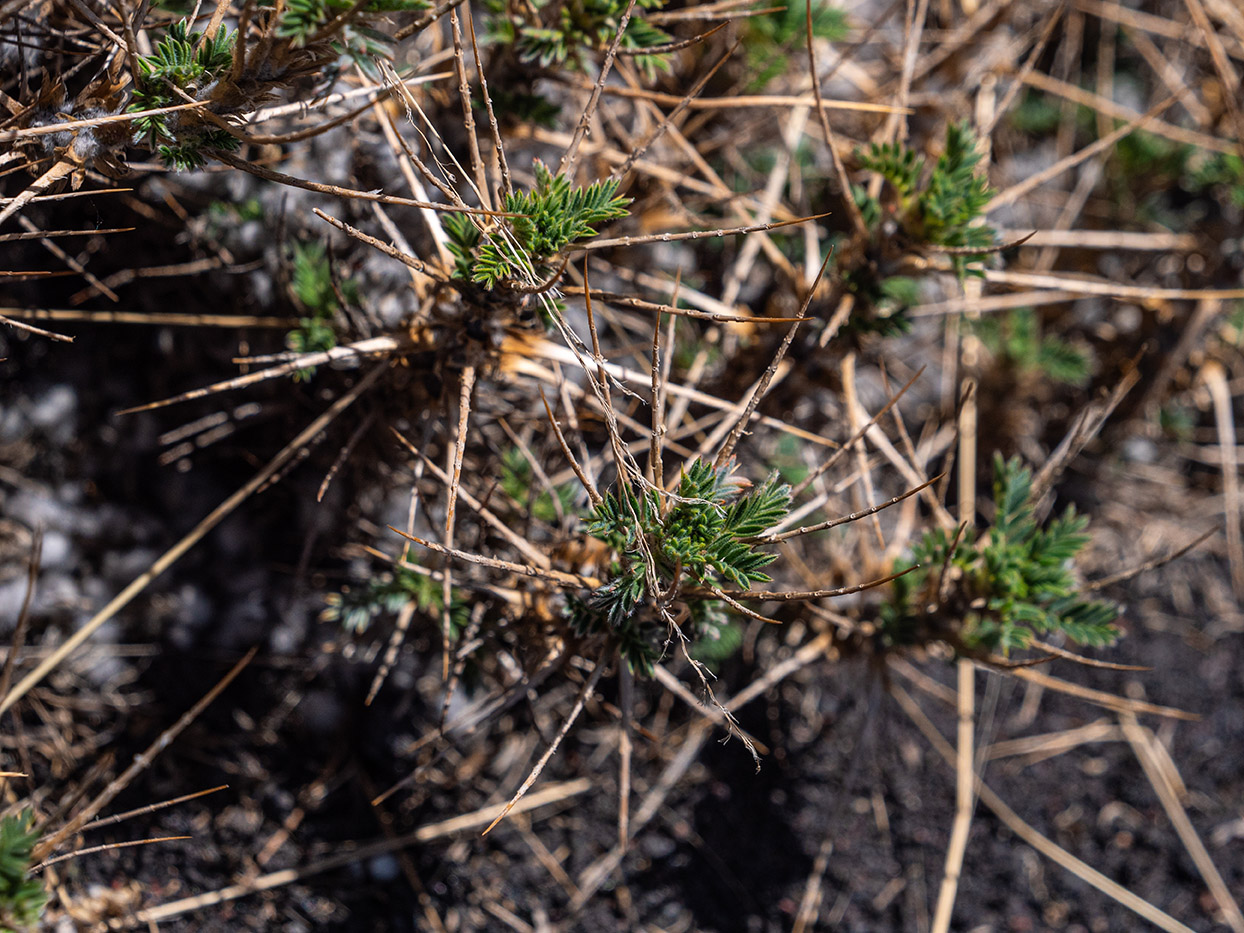
Basalt milkvetch
Astragalus filipes
Drought tolerant, long-lived perennial native legume with showy pale-yellow to creamy white flowers, blooming April to July. Widely distributed and abundant on western arid and semiarid sagebrush step...
- Growing Region: Southwest, Intermountain West, Pacific Northwest
- Blooms:
- Life Form: Legume
- Application Type: Land Reclamation, Habitat Restoration
- Height: 1-3 ft
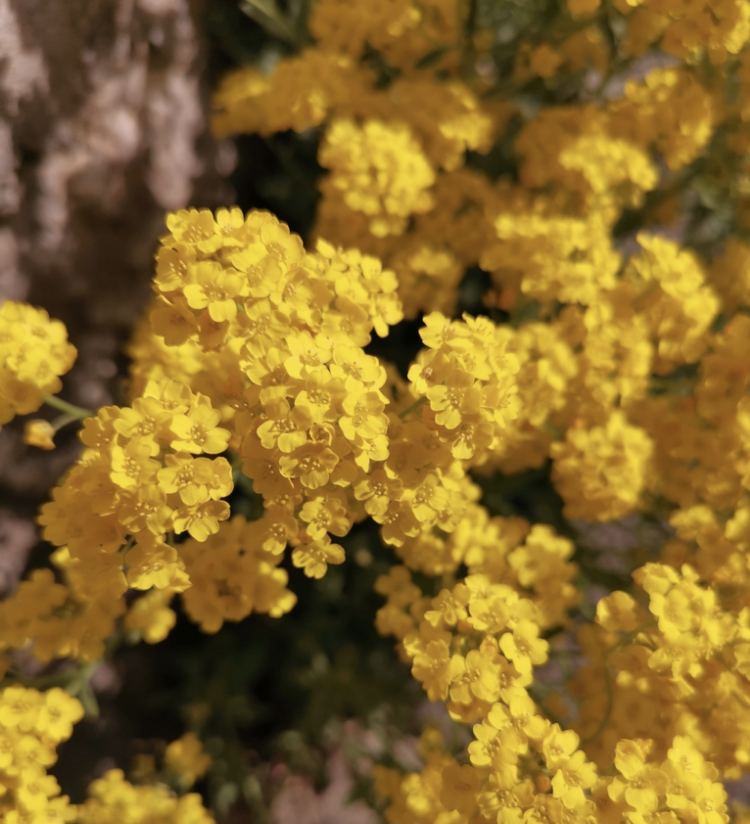
Basket of gold
Aurinia saxatilis
Formerly Alyssum saxatile. Introduced mat-forming perennial with golden yellow flowers bloom spring and early summer. Low to moderate water use. Use as a groundcover in borders, rock gardens and wildf...
- Growing Region: Midwest, Intermountain West, North America, Pacific Northwest, Southeast, Southwest
- Blooms: Spring
- Life Form: Forb
- Application Type: Commercial Beautification
- Height: 0-1 ft
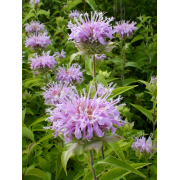
Beebalm, Plains
Monarda pectinata
Native to the western United States, Plains Beebalm can be found from Texas to South Dakota and West to Oregon and California. Commonly referred to as Pony Beebalm, this annual member of the Lamiaceae...
- Growing Region: Southwest, Intermountain West
- Blooms: Spring, Summer
- Life Form: Forb
- Application Type: Land Reclamation
- Height: 4+ ft

Bigleaf lupine
Lupinus polyphyllus
Native perennial legume with blue to purple flowers, blooming May to September. Highly variable characteristics; occasionally rhizomatous. Prefers moist sites such as wetlands, damp forests, wet meado...
- Growing Region: Intermountain West, California
- Blooms: Spring, Summer
- Life Form: Forb
- Application Type: Land Reclamation, Erosion Control, Pollinator Habitat, Habitat Restoration
- Height: 1-4 ft
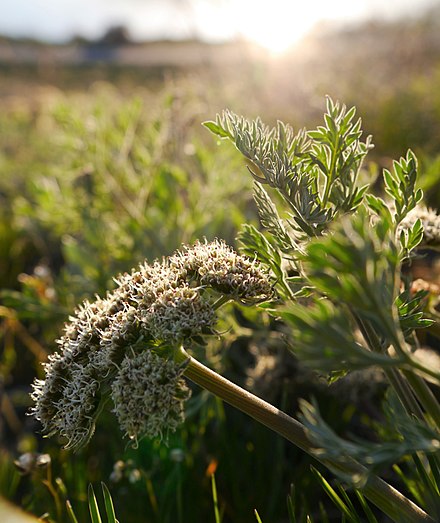
Bigseed biscuitroot
Lomatium macrocarpum
Low-growing, drought tolerant native perennial with inconspicuous white flowers, blooming early March to July. Common on rocky outcrops in foothills, grasslands, shrublands and woodland openings up to...
- Growing Region: Pacific Northwest, Intermountain West
- Blooms: Spring, Summer
- Life Form: Forb
- Application Type: Land Reclamation, Habitat Restoration, Pollinator Habitat
- Height: 4+ ft

Birdsfoot trefoil
Lotus corniculatus
Perennial nitrogen-fixing legume with a branching taproot and bright yellow clustered flowers. Potentially long-lived in northern regions; cold hardy. Tolerant of marginal ground, including shallow so...
- Growing Region: Pacific Northwest, Intermountain West, California, Midwest
- Blooms: Spring, Summer
- Life Form: Forb
- Application Type: Pollinator Habitat, Cover Crop
- Height: 1-3 ft
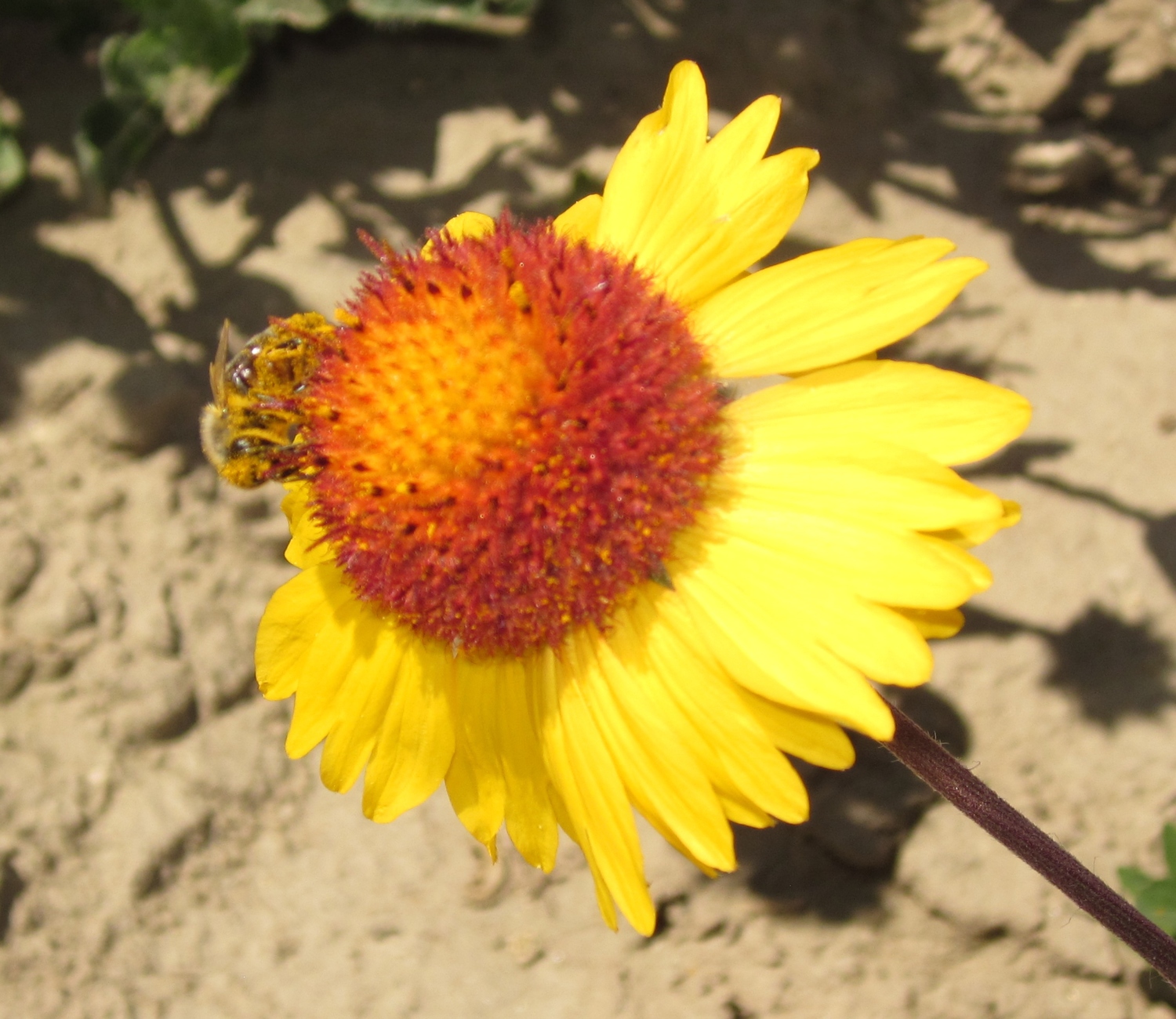
Blanket flower
Gaillardia aristata
Widely adapted, drought tolerant native perennial with yellow and red flowers, blooming April to September. Found in a variety of well-drained soils in grasslands, shrublands, open woodlands and mount...
- Growing Region: Midwest, Intermountain West, Southwest, Pacific Northwest
- Blooms: Summer, Fall
- Life Form: Forb
- Application Type: Land Reclamation, Pollinator Habitat, Habitat Restoration
- Height: 1-2 ft
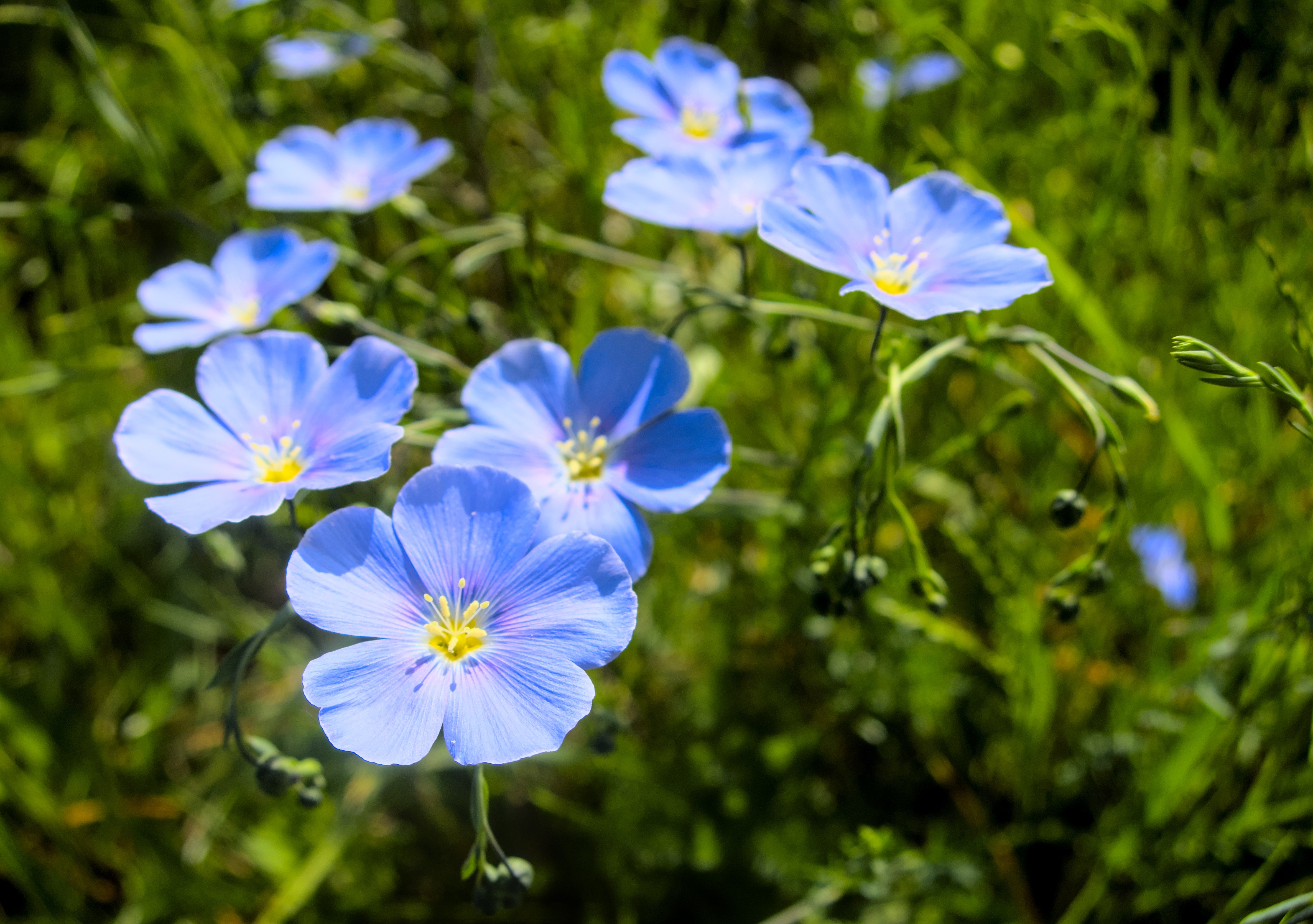
Blue Flax
Linum perenne
Short-lived drought tolerant semi-evergreen perennial with deep blue flowers that are replaced daily from April to August. Widely adapted and naturalized throughout much of the U.S. on well-drained, i...
- Growing Region: Southeast, Midwest, California, Southwest, Intermountain West
- Blooms: Spring, Summer
- Life Form: Forb
- Application Type: Commercial Beautification, Land Reclamation, Pollinator Habitat, Habitat Restoration
- Height: 1-2 ft